Intel Arc B570 is the second Arc B series card launched after the Arc B580. Intel Arc B570 is a slightly slimmed-down version of the Intel Arc B580, targeted towards mainstream 1080p gaming. Intel Arc B570 is around 14 percent slower (on average) than the Intel Arc B580 and is priced slightly lower. The main competitor of Intel Arc B570 is the GeForce RTX 4060 and Radeon RX 7600. So, if you want to find out what Intel Arc B570 offers and how well it performs against RTX 4060 and RX 7600 in all major areas, please go through the comparison below.
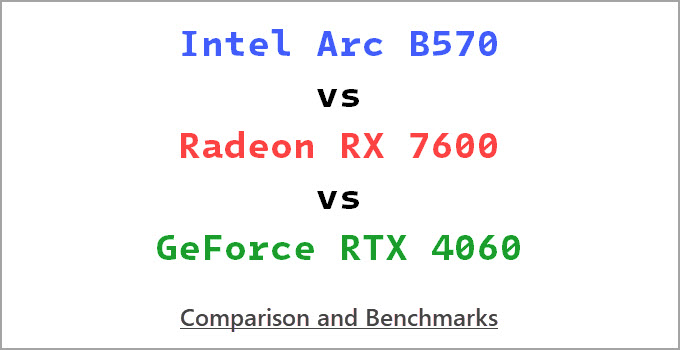
Intel Arc B570 vs RTX 4060 vs RX 7600 Comparison
Below is a comparison between Arc B570, RTX 4060, and RX 7600 graphics cards based on their specifications, performance, pricing, power consumption, and features.
GPU Architecture
Intel Arc B570 is based on the Xe2 GPU architecture codenamed “Battlemage.” It uses the BMG-G21 chip and is built on the TSMC N5 (5 nm EUV) manufacturing process. The card has 18 Xe2 Cores (128 execution units per core translating to 2304 Unified Shaders), 18 Ray Tracing Units/Cores, and 144 XMX matrix accelerators or tensor cores for AI-related tasks and processing.
Nvidia GeForce RTX 4060 is based on the Ada Lovelace GPU architecture and built on a TSMC 5nm manufacturing process. It uses the AD107 GPU Chip and comes with 3072 CUDA Cores, 24 RT Cores, and 96 Tensor Cores for AI-related tasks and processing.
Radeon RX 7600 from AMD is based on the RDNA 3 GPU architecture on a 6nm fabrication process and uses a Navi 33 GPU chip. It has 2048 Stream Processors, 32 Ray Accelerators, and 64 AI Accelerators.
| Intel Arc B570 | RTX 4060 | RX 7600 | |
| GPU Chip | BMG-G21 | AD107 | Navi 33 |
| GPU Architecture | Xe2 Battlemage | Ada Lovelace | RDNA 3 |
| Fabrication Process | 5nm | 5nm | 6nm |
| GPU Cores | 18 Xe Cores (2304 Shader Units) | 3072 CUDA Cores | 2048 Stream Processors |
| Ray Tracing Cores | 18 | 24 | 32 |
| Tensor Cores | 144 | 96 | 64 |
Video RAM [VRAM]
Intel Arc B570 has 10 GB GDDR6 memory with a 160-bit bus width. The memory runs at a speed of 19 Gbps and produces a bandwidth of 380 GB/s, the highest among its competitors in this comparison. RTX 4060 and RX 7600 have 8GB GDDR6 memory with a 128-bit interface. The memory speed on the RTX 4060 is slightly slower at 17 Gbps compared to 18 Gbps on the RX 7600.
RTX 4060 delivers memory bandwidth of 272 GB/s, while that of RX 7600 is at 288 GB/s. RX 7600 also comes equipped with 32MB Infinity Cache, an ultra-fast cache that can help achieve peak memory bandwidth (burst memory bandwidth) of up to 477 GB/s for a short time.
| Intel Arc B570 | RTX 4060 | RX 7600 | |
| Memory Size | 10 GB GDDR6 | 8 GB GDDR6 | 8 GB GDDR6 |
| Memory Interface | 160-bit | 128-bit | 128-bit |
| Memory Speed | 19Gbps | 17Gbps | 18 Gbps |
| Memory Bandwidth | 380 GB/s | 272 GB/s | 288 GB/s |
| Infinity Cache | NA | NA | 32 MB |
Features
All three graphics cards support DirectX 12 Ultimate, OpenGL 4.6, Vulkan and variable refresh rate technologies (G-Sync/FreeSync), PCI Express 4.0, Real-Time Ray Tracing, HDMI 2.1, and hardware AV1 encoding/decoding. However, the PCIe lanes or bandwidth on these cards is limited to x8 only, which may affect performance in some games, especially with motherboards having only a PCIe 3.0 interface.
Regarding image upscaling technology, Intel Arc B570 has XeSS Super Resolution (XeSS-SR), RTX 4060 uses DLSS 3 (Deep Learning Super Sampling), while RX 7600 has AMD FidelityFX Super Resolution (FSR 3). Arc B570 and RX 7600 support DisplayPort 2.1 (supports 8K Display Resolution at 165Hz), while RTX 4060 does not and supports DisplayPort 1.4a only.
| Intel Arc B570 | RTX 4060 | RX 7600 | |
| Bus Interface | PCIe 4.0 x8 | PCIe 4.0 x8 | PCIe 4.0 x8 |
| DirectX | 12 Ultimate | 12 Ultimate | 12 Ultimate |
| OpenGL | 4.6 | 4.6 | 4.6 |
| Vulkan | 1.3 | 1.3 | 1.3 |
| VR Ready | Yes | Yes | Yes |
| G-Sync/FreeSync | Yes | Yes | Yes |
| HDMI 2.1 | Yes | Yes | Yes |
| DisplayPort 2.1 | Yes | No | Yes |
| AV1 Support (Encode/Decode) | Yes | Yes | Yes |
| Real-Time Ray Tracing | Yes | Yes | Yes |
| Image Upscaling Technology | XeSS Super Resolution (XeSS-SR) | Deep Learning Super Sampling (DLSS 3) | FidelityFX Super Resolution (FSR 3) |
Gaming Performance
Here are the gaming benchmarks of these graphics cards at 1440p and 4K resolution in the latest AAA games.
1080p Gaming Benchmarks
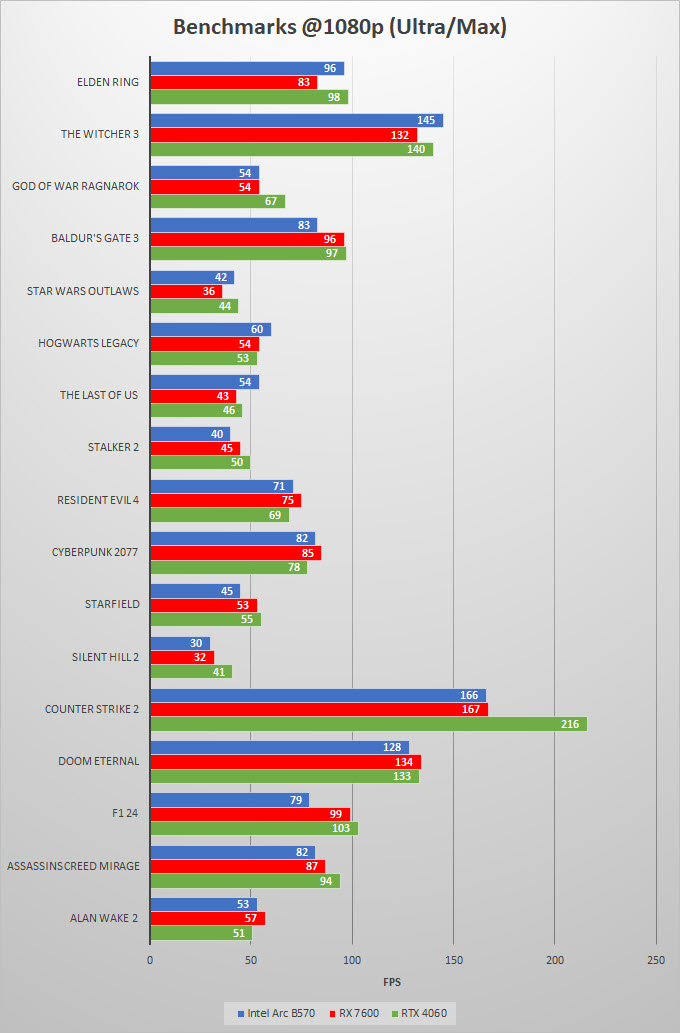
1440p Gaming Benchmarks
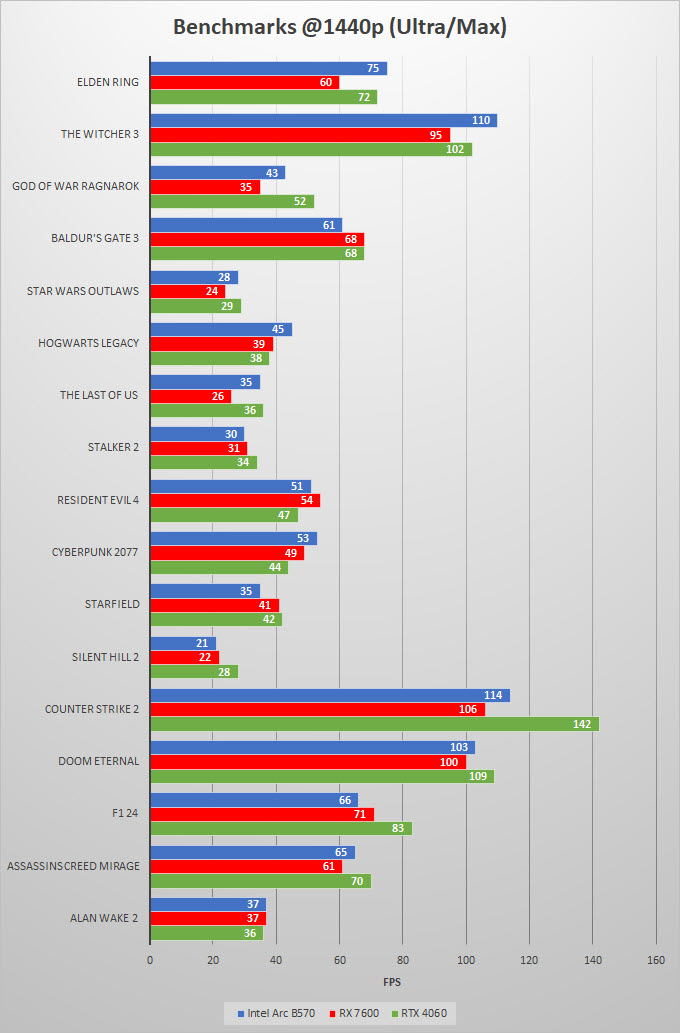
From the above benchmarks, we can see that, on average, Intel Arc B570 is around 5 percent faster than RX 7600 and is around 6 percent slower than RTX 4060.
Power Consumption
The maximum power consumption for Intel Arc B570 is 150W, and for RX 7600, it is 190W. RTX 4060 has the lowest power consumption of all at 115W.
| Intel Arc B570 | RTX 4060 | RX 7600 | |
| Power Consumption | 150W | 115W | 165W |
| Recommended PSU | 450W | 550W | 550W |
Pricing & Availability
The base MSRP of Intel Arc B570 is 219 USD, the lowest in this comparison. The official base MSRP for RTX 4060 is 299 USD, and for RX 7600, it is 269 USD. The AIB custom models of these cards may cost more, and you can check the latest prices of these cards from the links below.
Check Intel Arc B570 Price on Amazon
Check RTX 4060 Price on Amazon
Intel Arc B570 vs RTX 4060 vs RX 7600 Specifications
| Intel Arc B570 | RTX 4060 | RX 7600 | |
| GPU Chip | BMG-G21 | AD107 | Navi 33 |
| GPU Architecture | Xe2 Battlemage | Ada Lovelace | RDNA 3 |
| Fabrication Process | 5nm | 5nm | 6nm |
| GPU Cores | 18 Xe Cores (2304 Shader Units) | 3072 CUDA Cores | 2048 Stream Processors |
| Ray Tracing Cores | 18 | 24 | 32 |
| Tensor Cores | 144 | 96 | 64 |
| Memory Size | 10 GB GDDR6 | 8 GB GDDR6 | 8 GB GDDR6 |
| Memory Interface | 160-bit | 128-bit | 128-bit |
| Memory Speed | 19Gbps | 17Gbps | 18 Gbps |
| Memory Bandwidth | 380 GB/s | 272 GB/s | 288 GB/s |
| Bus Interface | PCIe 4.0 x8 | PCIe 4.0 x8 | PCIe 4.0 x8 |
| DirectX | 12 Ultimate | 12 Ultimate | 12 Ultimate |
| OpenGL | 4.6 | 4.6 | 4.6 |
| Vulkan | 1.3 | 1.3 | 1.3 |
| VR Ready | Yes | Yes | Yes |
| G-Sync/FreeSync | Yes | Yes | Yes |
| Power Consumption | 150W | 115W | 165W |
| Recommended PSU | 450W | 550W | 550W |
See also:
Final Thoughts
The Arc B570 is a perfect card for 1080p gaming for users on a tight budget. The card is a bit faster than the RX 7600 but slightly slower than the RTX 4060. However, the biggest advantage of the Intel Arc B570 is its price, and it also offers an extra 2GB VRAM over its competitors. Moreover, the card is quite energy efficient and supports almost all the latest features. Let me know if you have any queries or opinions regarding the Intel Arc B570 in the comment section below.
(*This post may contain affiliate links, which means I may receive a small commission if you choose to purchase through the links I provide (at no extra cost to you). Thank you for supporting the work I put into this site!)
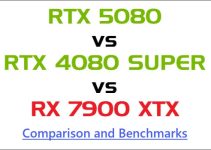
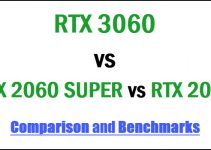
![Best RTX 3070 Cards for 1440p & 4K Gaming [Custom AIB Models] Best RTX 3070 Cards for 1440p & 4K Gaming [Custom AIB Models]](https://graphicscardhub.com/wp-content/uploads/2020/11/ASUS-GeForce-RTX-3070-TUF-Gaming-OC-211x150.jpg)
I’m helping a small public library develop their modest Maker Space. They will do a lot of 3D printing and using the Cricut which don’t seem to need a separate graphics card but they’re considering teaching patron how to video edit in DaVinci Resolve. Laptops provide mobility but that means they can also migrate out of a library as well whereas a desktop would be less susceptible to being removed without permission. Desktops would also be less pricey and have more fans to keep the PC cooler when video rendering. Am I missing other factors favoring the laptop or the desktop? Thank you kindly.
Desktop runs cooler, offers more performance, and can be easily upgraded. Also, working on a desktop is more comfortable for your body.
In what ways does a desktop outperform a laptop? Thank you so much!
Better and faster components.